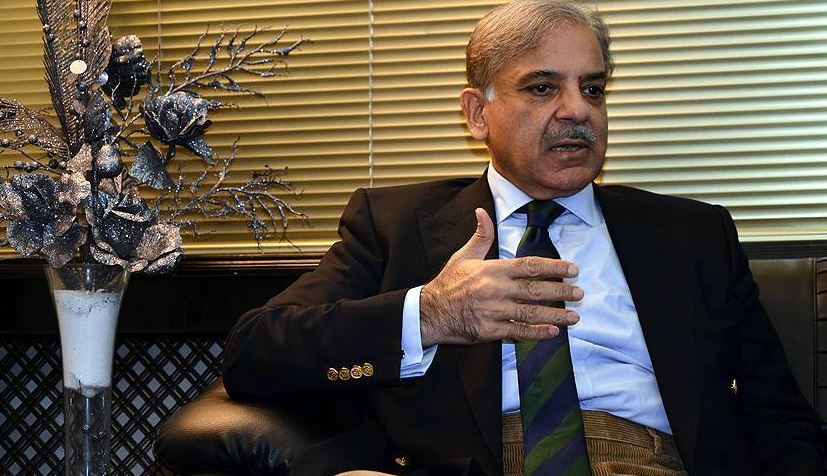Karachi/Islamabad: Foreign exchange reserves of Pakistan’s central bank SBP have fallen to their four-year low of USD 6.72 billion in the week ending December 2.
According to the State Bank of Pakistan (SBP), the forex reserves have declined by USD 784 million in the week ended December 2.
The central bank data showed the foreign exchange reserves were last recorded at this level during the week that ended January 18, 2019 at USD 6.64 billion.
According to data, the total foreign reserves held by commercial banks stood at USD 5.867 billion, taking the country’s total liquid forex reserves to USD 12.58 billion.
The government has said that strengthening the foreign reserves is its top priority.
However, the foreign exchange reserves have fallen by USD 4 billion from around USD 10.9 billion in April, when the new coalition government led by Prime Minister Shahbaz Sharif took charge.
Analysts say that Pakistan’s foreign exchange reserves position has gone down because inflows have remained just USD 4 billion in the last five months.
The State Bank of Pakistan said one reason for the fall in forex reserves is also because a payment of USD 1 billion made against the maturity of sukuk Islamic bonds.
Meanwhile, Pakistan’s cental bank governor Jameel Ahmad said that there was no risk of default and the country was tuned to meet it external liabilities on time.
In the latest episode of the bank’s podcast series, the governor said: “According to the plan devised at the beginning of the year, USD 23 billion was the repayable debt and the current account deficit was about USD 10 billion which roughly adds up to USD 33 billion,” he said.
Ahmad clarified that during the next seven months of the current fiscal, only a debt of USD 4.7 billion would be payable.
“Out of the USD 23 billion principal amount, the government of Pakistan has already paid back over USD 6 billion and almost USD 4 billion has been rolled over through bilateral agreements with other governments, so you can say that USD 10 billion has already been settled out of the total foreign debt,” he said.
“Out of the remaining USD 13 billion, USD 8.3 billion are either government loans or government-related commercial loans and so we expect this amount to be rolled over,” he said, adding that discussions on the matter have already taken place on a government-to-government basis.
“So, we are roughly left with USD 4.7 billion in loans that we need to pay back,” he said, adding that out of these USD 1.1 billion were commercial loans while USD 3.2 billion were multilateral and other loans that he expected will be paid on time.
Experts have expressed concerns over the country’s ability to pay back a huge amount of overseas loans and these concerns have also affected the performance of the stock market.
Pakistan is looking at another tranche of loan from the International Monetary Fund (IMF) but the talks have been delayed after the IMF made it clear that it was not happy with the increased fiscal deficit of the country.
The IMF is also said to be unhappy with the government’s failure to impose more taxes for higher revenue earners.
PTI
